We’re creatively recreating the bread displayed in the Tabernacle.
Let’s Face It!
This week’s parashah continues with the holiness code, aspects of Jewish law that help the Jewish People distinguish itself from other nations and strive to reach a level of holiness in its worship of God. In addition to delineating the times on the calendar designated for festivals and holy days, the parashah also details various aspects of the tabernacle service, including which disabilities disqualify a kohen (priest) from direct service, which blemishes on an animal disqualify it as a sacrifice, and how to display the lechem hapanim, translated as show-bread (but literally, face bread), in the mishkan. The lechem hapanim will be the featured item on this week’s menu. Simply speaking, the show-bread was 12 loaves that were constantly present in the mishkan, arranged prominently on the shulchan, golden table, opposite the menorah.
Of course, these twelve loaves generate much discussion: Were they leavened or unleavened? How did they not grow moldy if they were layered atop each other? What do they represent? Why are they called lechem hapanim? At our table we will certainly discuss some of these questions. {Answers???: Most say they were unleavened, but not matzah; They rested on a special device that separated them sufficiently as to inhibit mold from growing and/or the shape of the loaves themselves prevented mold growth; The twelve tribes??} To represent some of these answers, we will serve twelve small pita or lafah loaves, because that is most closely what the lechem resembled. Also, we will talk about the word “panim,” a word even my younger kids recognize. For starters, we will have various cut vegetables and spreads with which the kids can create pita faces. We will talk about the elements of a face and discuss how some say the vessels in mishkan were arranged in the shape of a face as explained clearly by food writer and scholar Gil Marks:
“Each of the four major objects of the Tabernacle corresponds to a specific human organ and sense of the face. The aron (Ark of the Covenant) is linked to hearing and the ears, for between its two cherubs God spoke to Moses (Exodus 25:22) panim to panim (Exodus 33:11). The menorah (candelabra), the source of light, correlates to sight and the eyes, while the golden altar of incense to smell and the nose. The shulchan corresponds to taste and the mouth. The alignment of these objects even mirrors the human face — the altar (nose) in the center, the menorah (eyes) to the south, the table (mouth) towards the other end, and the aron (ears) behind. The aron symbolizes God’s presence, the menorah represents wisdom/Torah, the golden altar denotes enlightenment and joy, and the shulchan symbolizes sustenance and material prosperity. The golden altar was a synthesis of the two – wisdom and material endowments. The lesson of the Tabernacle is that all of our physical senses must also have a spiritual dimension, that all of the organs that we employ to function in our everyday lives must also be utilized to serve God, in the sanctification of the world.”
These are beautiful and lofty ideas, symbols that will resonate for our oldest child and fun finger food that can help our younger ones understand the layout of the mishkan.
Have a shabbat shalom!

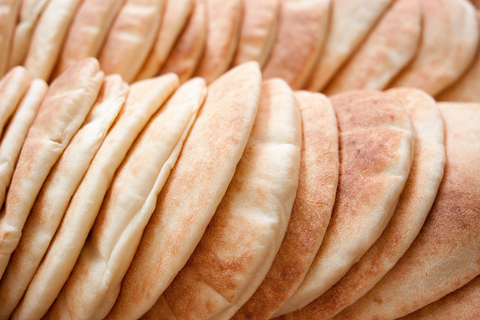

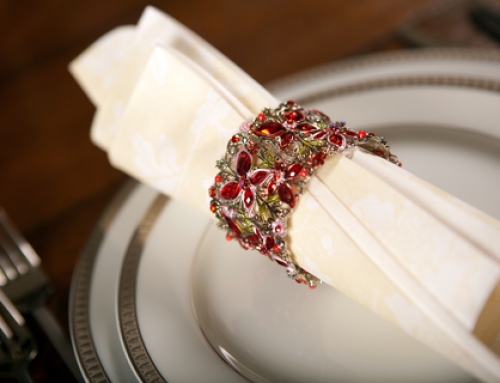
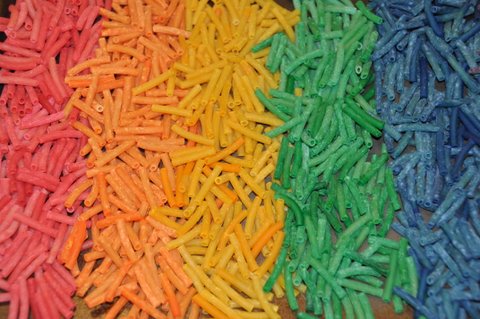
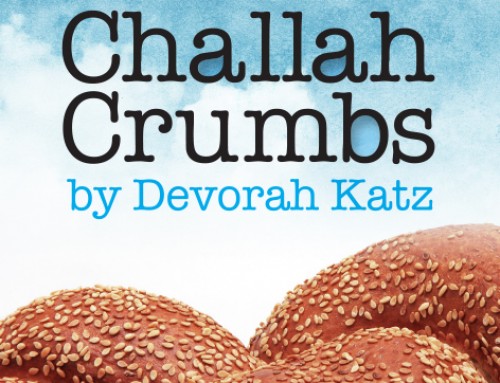
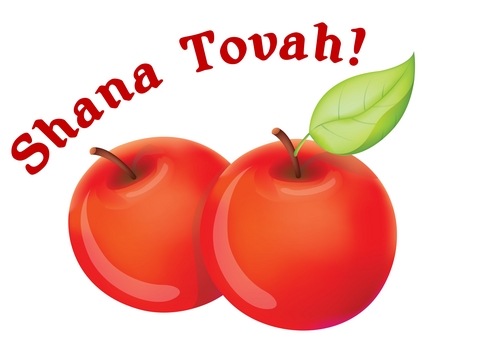
Leave A Comment